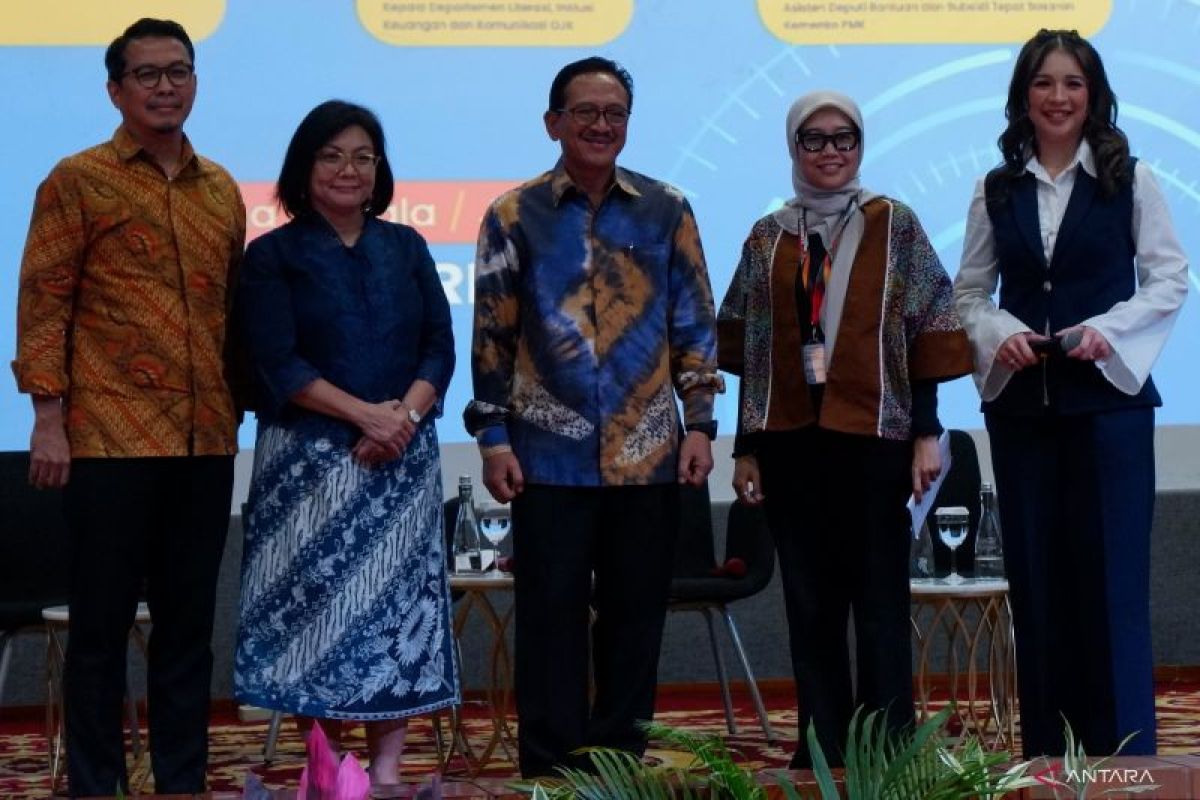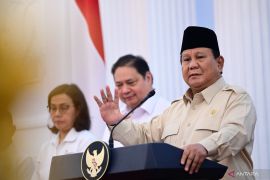"We already have the Palapa Ring 1, 2, and 3 (fiber optic infrastructure project) and the government has recently launched the SATRIA-1 satellite," the ministry's assistant deputy for workers' productivity improvement, Chairul Saleh, said here on Friday.
He noted that hindrances in terms of geographic conditions and population are posing a challenge to the government in providing infrastructure to accelerate the digital transformation and increase financial inclusion.
The ministry is hoping for continued digital transformation to generate greater benefits and economic opportunities for the community.
To this end, he said that his ministry issued the White Paper on Indonesia's Digital Economy National Strategy in December 2023 as a reference for ministries, institutions, and other parties in developing digital infrastructure.
In addition to infrastructure development, devising regulations that support innovation and protect customers through a regulatory sandbox is also essential to increase financial inclusion, he added.
"Since the digital technology is very dynamic, the regulations and policies must be agile and adaptive," he said.
However, he opined that financial literacy and education also need to be increased to encourage people to use financial services wisely and responsibly.
He further said that increasing people's literacy and awareness is the biggest challenge for the government in its effort to increase financial inclusion through digital transformation.
He added that Indonesia already has good potential to realize the transformation with the presence of a massive digital technology development and demographic dividend.
"Our population in demographic dividend is dominated by people of working age, so that most of them are digital natives, meaning that they follow the development of technology," Saleh explained.
The Financial Services Authority (OJK) is targeting to bring the financial inclusion rate to 93 percent by 2027.
Related news: Ministries, institutions to advance female digital financial inclusion
Related news: OJK enhances financial services for people with disabilities
Related news: Digital finance transformation encourages inclusion in ASEAN: Ministry
Translator: Uyu Septiyati, Raka Adji
Editor: Azis Kurmala
Copyright © ANTARA 2024












